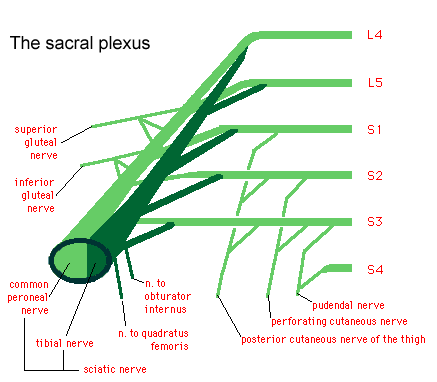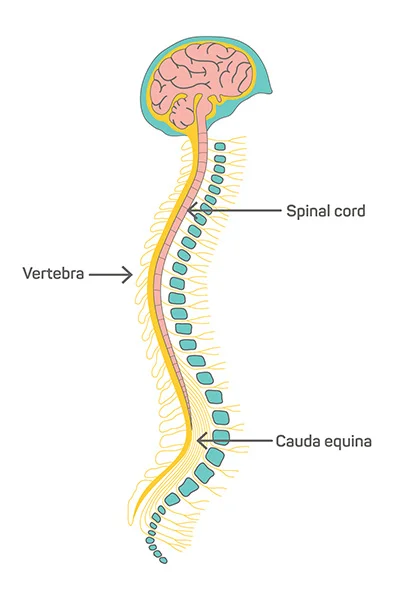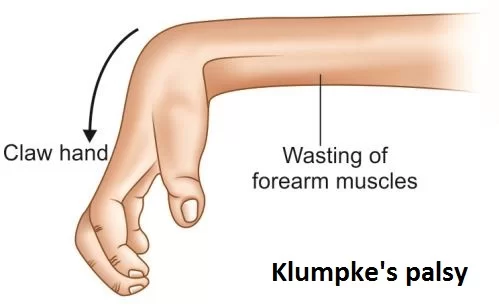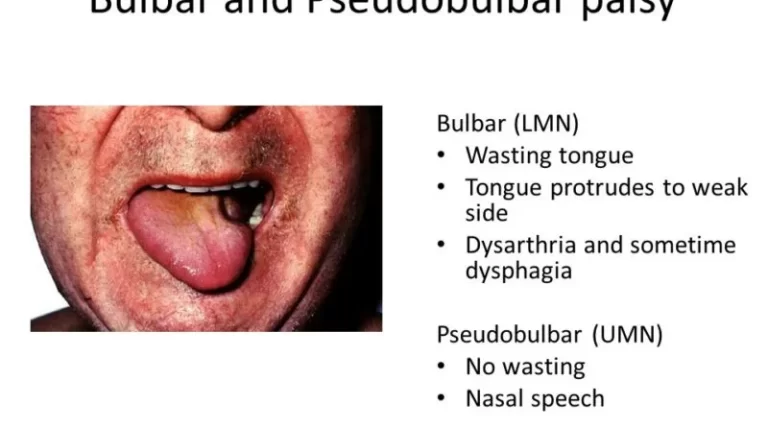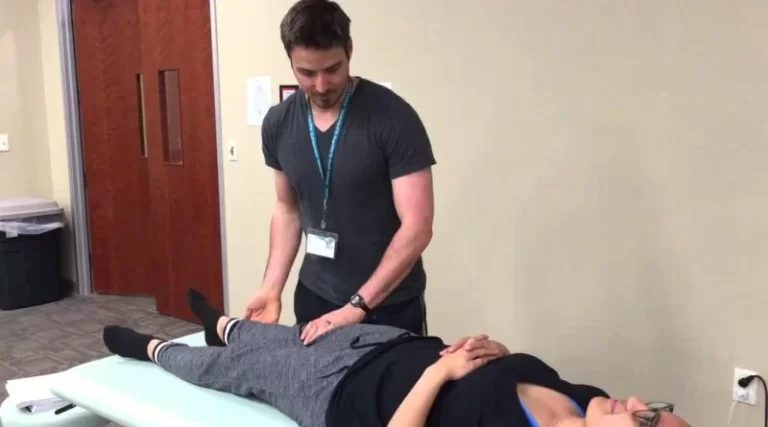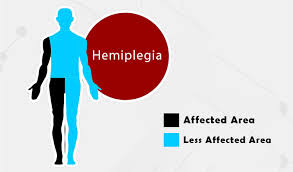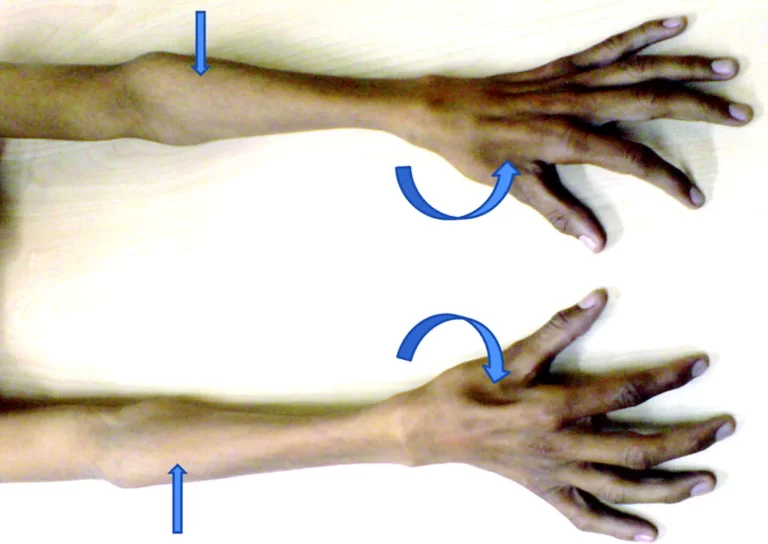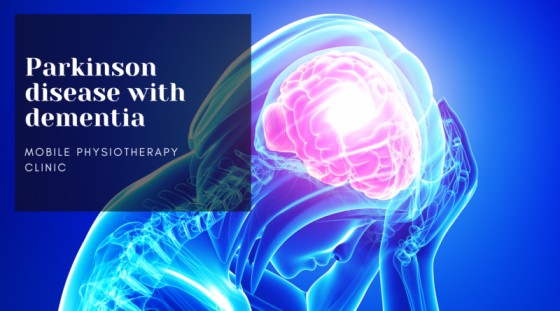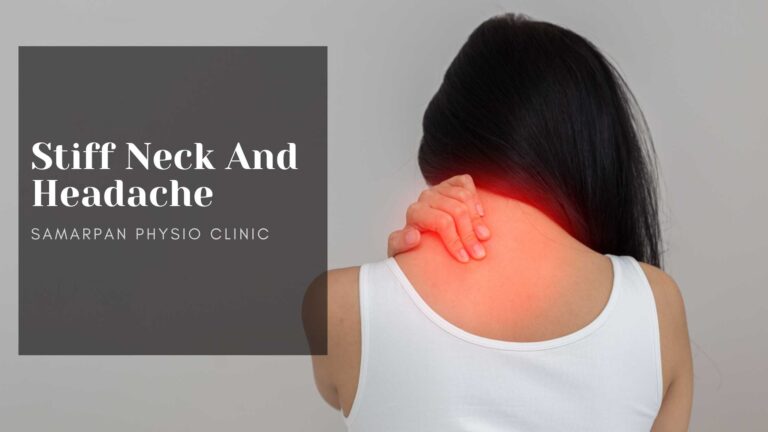Sacral plexus
The sacral plexus is a network of nerve fibers that supply the skin & muscles of the pelvis & lower limb. the sacral plexus is present on the surface of the posterior pelvic wall, anterior to the piriformis muscle. The plexus is formed by the anterior rami (divisions) of the sacral spinal nerves S1, S2,…

